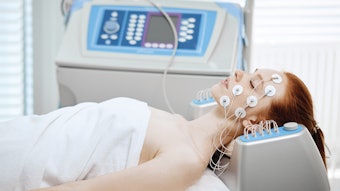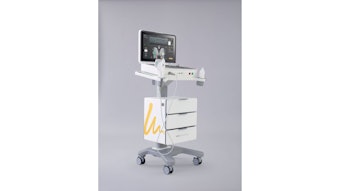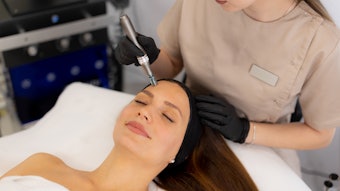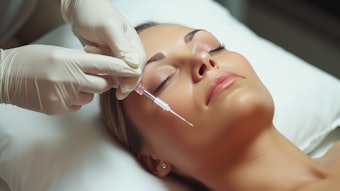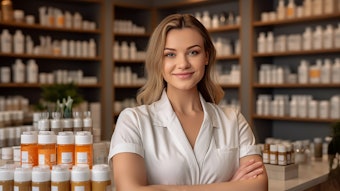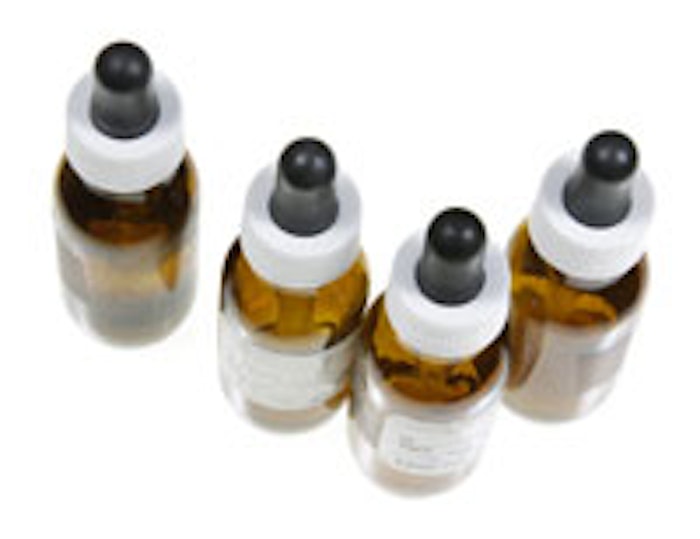
Part I of this column appeared in the March 2014 issue of Skin Inc. magazine. The piece discussed the issues that arise as the population ages and consumer awareness increases, which include the rising demand for medically inspired skin care products, as well as suppliers’ challenging task of balancing the want for effective anti-aging skin care with the demand for natural formulations.
So what does the future of medical spa formulations look like, and what do developers need to do to create successful product marketability?
Doctor’s orders?
Skin care offerings with medically oriented claims have to go one step further than most beauty products. They have to provide outstanding, medical spa-type results, and they must be able to be performed at home without a physician’s presence.
“The big difference between pharma and cosmetic is that in the cosmetic field the benefit/risk ratio is infinite, because the risk is close to zero,” explains Fabrice Lefevre, scientific marketing manager at ingredient company, Induchem. “If our active cosmetic ingredients have a high biological activity, we [conduct] intensive tests to make sure that, at the recommended dosage, they will deliver efficacy without any side effects.”
This includes making sure products are going to be safe for even the most sensitive of skin. “Due to the increased number of individuals with skin sensitivities, we have a number of brands from around the world that are asking us to create functional skin care products that will improve skin without inundating it with harsh ingredients,” says Melinda Wochner, vice president of marketing, CoValence Labs. Agrees Caroline Keller, marketing manager for Lipotec, “Products for sensitive skin will increase, since they are more liable to be dermatologically tested and avoid synthetic ingredients.”
Backing it up
When product developers can back up their claims of efficacy with studies, it can add a great deal to the product’s marketability. “I have always thought that what is claimed without proof can be denied without proof,” says Lefevre. “As a scientist, I ask for extensive evaluation of our active ingredients.” At Induchem, this includes a set of in vitro studies followed by ex vivo tests, and at least two months of clinical trials on a selected population of volunteers. “[Our active ingredients] have a level of purity more than 95%; they have been assessed on well-characterized biological targets, they are the result of a rational design by our research center and have gone through intensive clinical testing in a double-blind versus placebo test under dermatological control,” says Lefevre.
At raw material company AarhusKarlshamn (AAK) USA, studies are also performed to prove the ingredients’ claims; according to John O’Keefe, director of the North American personal care division, “An ex vivo study with a Lipex Shea Tris formulation shows skin barrier-strengthening properties, an increase in dermal collagen and an inhibition of protease activity.”
Ultimately, providing effective formulations and working with brands to obtain the desired product is key. “We develop under the umbrella of our clients’ wishes and philosophies,” says Wochner. “We continue to notice that our clients are requesting paraben-free products, but they want to make certain that the ingredients are highly functioning, as well as have a great marketing story.”
Editor’s note: This article originally appeared in the July/August 2013 issue of GCI magazine (www.gcimagazine.com) and is being reprinted with permission. All rights reserved.
Lisa Doyle was formerly the associate editor of GCI magazine and is a freelance writer in the Chicago area. Her work has appeared in Salon Today, America’s Best, Renew and Modern Salon.

